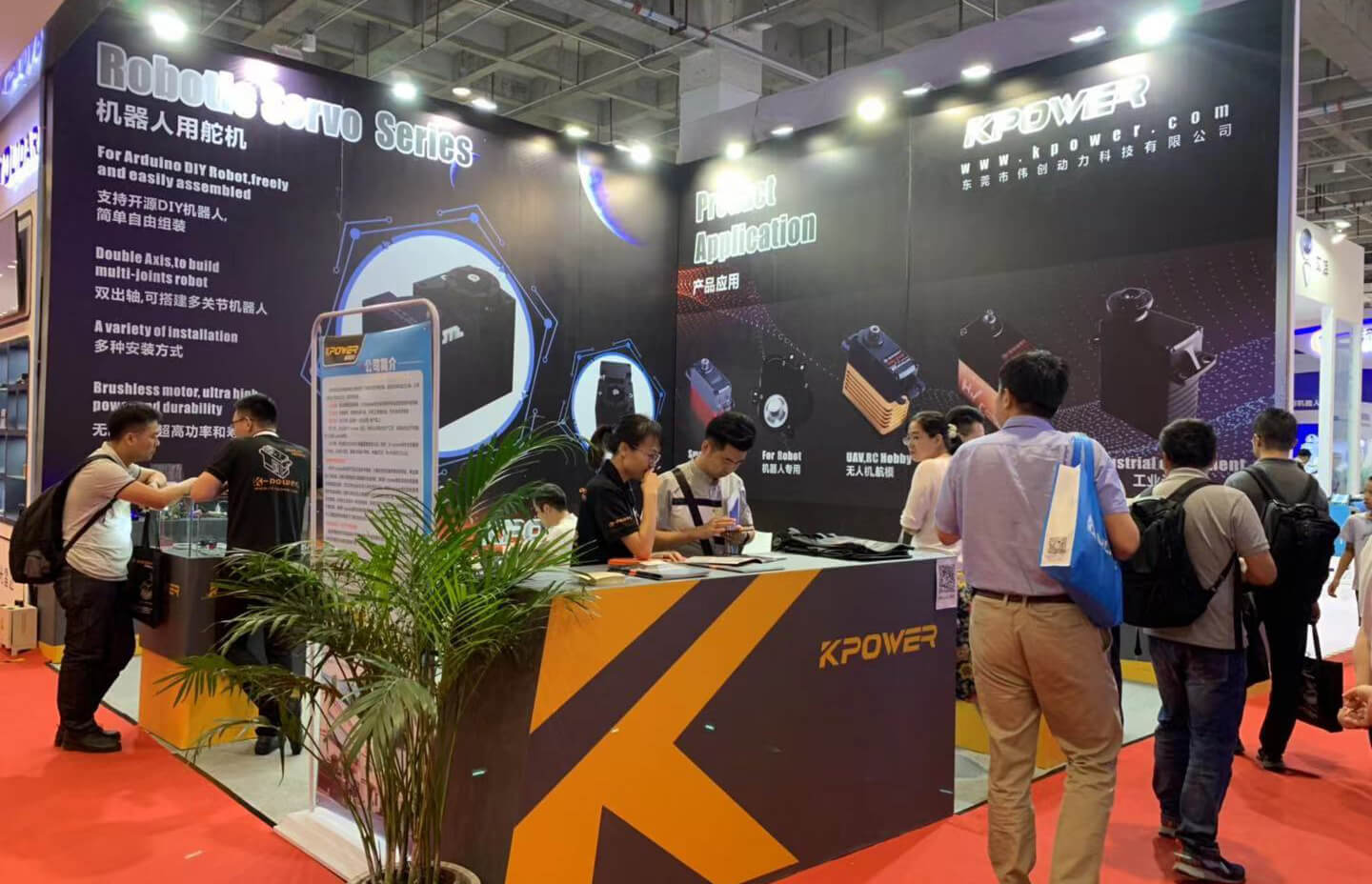Building a microservice with Spring Boot feels like assembling a sleek, high-performance machine. Just imagine, you’re starting with a minimal setup—no bulky monolith slowing things down—and then layering in the components you actually need. That’s the beauty of microservices: lightweight, focused, easily deployable chunks of software that adapt to your demands.

So, where do you even begin? First, think about the core idea—what specific functionality is this microservice going to handle? Once that’s clear, Spring Boot makes it almost too easy. You start a new project, add just a few dependencies—Spring Web, maybe Spring Data if you’re dealing with databases—and boom, you’ve got a skeleton.
Now, instead of writing verbose setup code, Spring Boot’s auto-configuration kicks in. You get REST API endpoints almost instantly. Throw in some annotations, and it’s like telling Spring, "Hey, this is my API." Suddenly, your microservice is listening, responding, ready to communicate. It’s almost addictive how seamless it is to test it locally—the API responds almost immediately.
But what about managing data? Here’s where Spring Data comes into play. You can easily connect to your database of choice, whether it’s MySQL, PostgreSQL, or MongoDB. Defining a repository interface is as straightforward as declaring a new class. The magic is, Spring Boot handles all the heavy lifting behind the scenes.
One thing that trips people up is service discovery. How does this tiny service find others? That’s where something like Spring Cloud comes into focus—though you might not need it at the start, it’s good to keep in mind. It helps your microservices talk to each other, scaling and updating smoothly.
And what about security? Simple authentication can be bolted on with Spring Security, which integrates effortlessly. You want your microservice to handle user data? No sweat. Spring Boot makes deploying OAuth or JWT tokens pretty straightforward, so your service isn’t just floating out there without protection.
The beauty of working this way is it’s modular. Need a new feature? Just whip up a new Spring Boot app, deploy it, and connect it to your existing system. The decoupling makes scaling effortless. Want to test how it performs under load? Easily throw in some load testing tools, and you’ll see how it holds up—sometimes surprising, sometimes a little shaky but fixable fast.
Some might ask, “Is it worth the effort?” Absolutely. With Spring Boot, you’re not just building a component; you’re constructing a part of a resilient, flexible ecosystem. It’s like building blocks—fit them together, and the entire structure becomes much more powerful than the sum of its parts.
So, developing a microservice using Spring Boot isn’t about complicated setups or endless configurations. It’s about streamlining what you need—focus on your core logic, let Spring Boot handle the rest, and get your service up and running quicker than ever. That sense of immediate progress? Unbeatable.
Established in 2005, Kpower has been dedicated to a professional compact motion unit manufacturer, headquartered in Dongguan, Guangdong Province, China. Leveraging innovations in modular drive technology, Kpower integrates high-performance motors, precision reducers, and multi-protocol control systems to provide efficient and customized smart drive system solutions. Kpower has delivered professional drive system solutions to over 500 enterprise clients globally with products covering various fields such as Smart Home Systems, Automatic Electronics, Robotics, Precision Agriculture, Drones, and Industrial Automation.




































